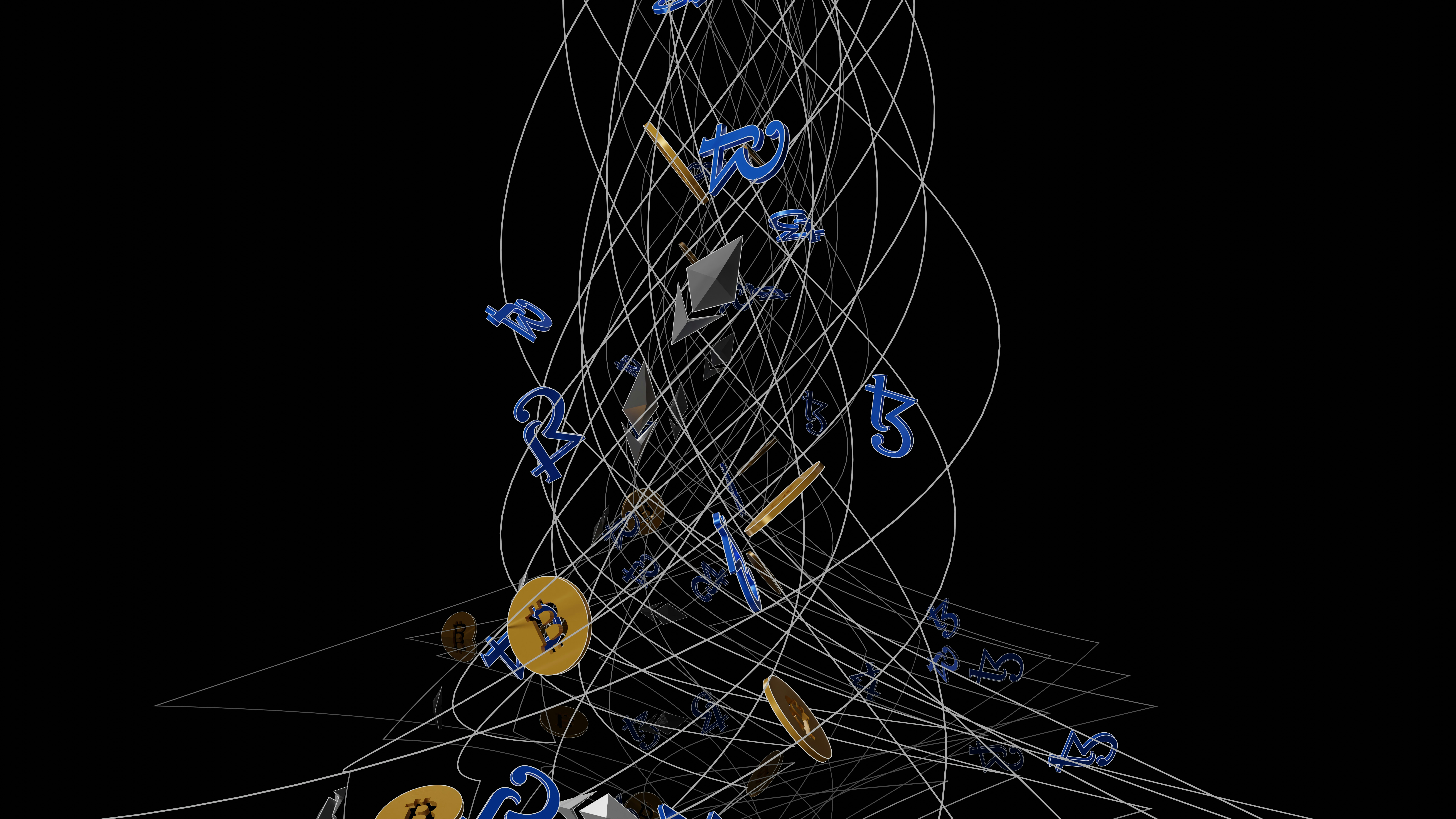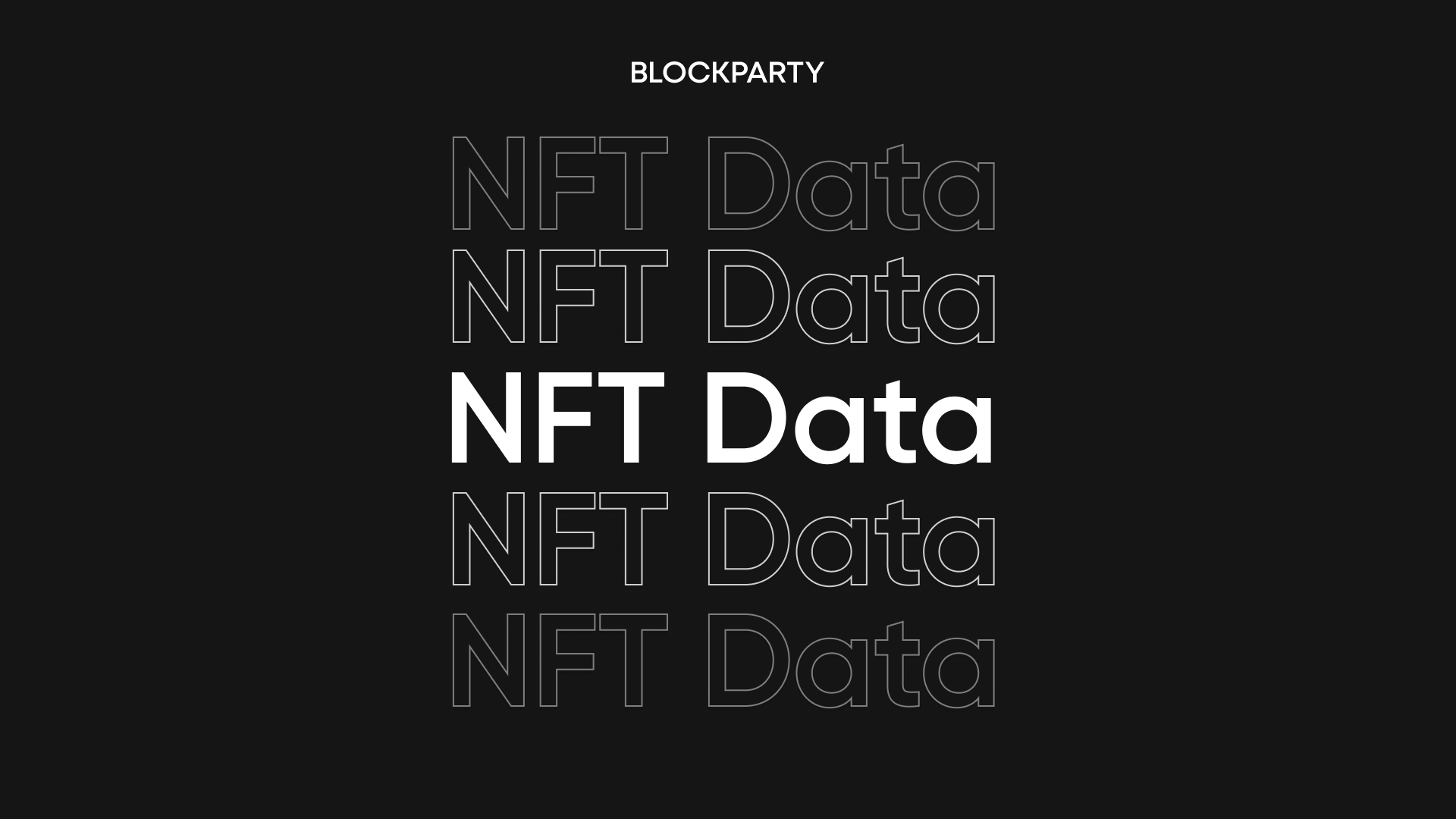2023 marked a period of maturation for Non-Fungible Token (NFT) landscape as it shook away the dregs of the hype that echoed through previous years.
As the market cooled, NFT enthusiasts shifted focus from mere speculation toward a more grounded assessment of intrinsic value and utility.
In this recap, we’ll cover some of the key events in the NFT space over the course of 2023, delving into the highs, the lows, and the emergent trends that are shaping the trajectory of the industry in the coming year.
2023 Market Recap
The initial cosmic growth of NFTs, driven by speculation, experienced a significant dip after the market corrected itself post-April 2022, resulting in dwindling floor prices in the six months leading to April 2023.
The decline in liquidity was most pronounced post April-2022, plummeting in September before hinting at signs of revival in the first half of 2023.
While the possibility of a renaissance was on the horizon, the realization that just 1% of NFT projects commanded over 50% of the total market cap underlined a need for a more equitable distribution of value. Combined with a year long-trend of greater supply-to-demand, stakeholders began to strategize ways to level the playing field and promote a healthier ecosystem.
Against this backdrop the rivalry between NFT marketplaces escalated, with platforms Blur and OpenSea engaging in a “royalty war” in a bid to entice creators and buyers. This resulted in a notable reduction in marketplace fees, which had a knock-on effect on the overall revenue generation from royalties.
Despite being a turbulent year for NFT holders, November brought a renewed sense of optimism that echoed through key data points. The month saw a rebound in trader profitability, reaching levels reminiscent of May 2022 with around 41% of traders entering profitable territory.
As we raced toward the end of the year, the top 500 collections saw a dramatic proliferation in floor prices, surging by 42% within the month of November. The stark decline in the holding period added more fuel to the narrative of a revitalized market, with traders now clinging onto their NFTs for an average duration of 18 days, a dramatic contrast to the 100-day holding period in October.
Value Beyond Speculation
Indeed, the journey of the NFT market in 2023 wasn’t without its bumps, with fluctuating prices prompting closer scrutiny around the factors influencing NFT valuations. In the face of uncertainty, NFT enthusiasts have been promoted to look beyond mere speculation in search of more value driven initiatives that can withstand market fluctuations.
This has entailed a pragmatic assessment of what NFTs can bring to the table, resulting in a shift from quick-profits toward more of a sustainable long-term model that favors true value and utility.
Let’s take a closer look at some of the emerging trends that are shaping the future of the industry in 2024 and beyond.
Utility-Driven Projects
Over the past few years, the prevailing narrative that NFTs function as purely speculative assets has been countered by the rise of utility-oriented projects that provide benefits beyond monetary value alone.
An NFT can grant its owner access to physical products, memberships, exclusive experiences, and even voting rights. They can also be used to represent a variety of assets and access rights in the digital world, ranging from virtual real-estate and in-game assets to memberships and virtual identities.
In the metaverse, Decentraland and The Sandbox have cultivated a growing community of users trading virtual real estate assets, while gaming platforms like Axie Infinity thrive upon the rails of player-owned economies. This trend is set to gain further traction in 2024 as NFT and gaming communities continue to overlap.
Branded NFT Projects
Throughout 2023, several major brands incorporated Web3 strategies across their marketing efforts and more established companies entered the space. As a result, NFT-based brand building is poised to be a significant driver of Web3 adoption in 2024.
The brands sculpting the future Web3 will adopt a different approach to what we have seen before. Instead of offering a small-quantity of high-value assets, many projects will focus on selling a large quantity of NFTs at a more affordable price point — targeting the broader consumer market. This mirrors a broader shift in buyer preferences toward initiatives that favor tangible value over speculation, many of whom will be able to easily purchase digital assets without even realizing that they're running on crypto rails.
Gamification & Advanced Storytelling
At its core, gamified NFTs incorporate game-like elements and mechanics into NFT experiences, such as the introduction of challenges, rewards, and interactive features that transcend basic ownership and trading capabilities.
A number of digital artists are already exploring the use of gamification to revolutionize the act of traditional art collecting and creation, with projects like The Monument Game by Sam Spratt serving as testament to the ways in which the blockchain can be leveraged to produce new types of shared, interactive experiences.
For brands, gamification lets them connect deeper with their audiences through interactive campaigns and loyalty programmes. According to the ‘Perceptions of the Metaverse’ report published by Sitecore, half of brands plan to tap into the metaverse as a gamification tool for audience engagement, unsurprising given the plethora of opportunities for implementing reward-based systems, motivation-driven games, and community-building elements across virtual environments.
Closing Remarks
As the market matures, so are buyer preferences. In the early days, novelty and rarity often drove sales, but as the market becomes more saturated, buyers will become more discerning. Quality, utility, and storytelling will play an increasingly pivotal role in determining the future success of NFT collections.


.png)
